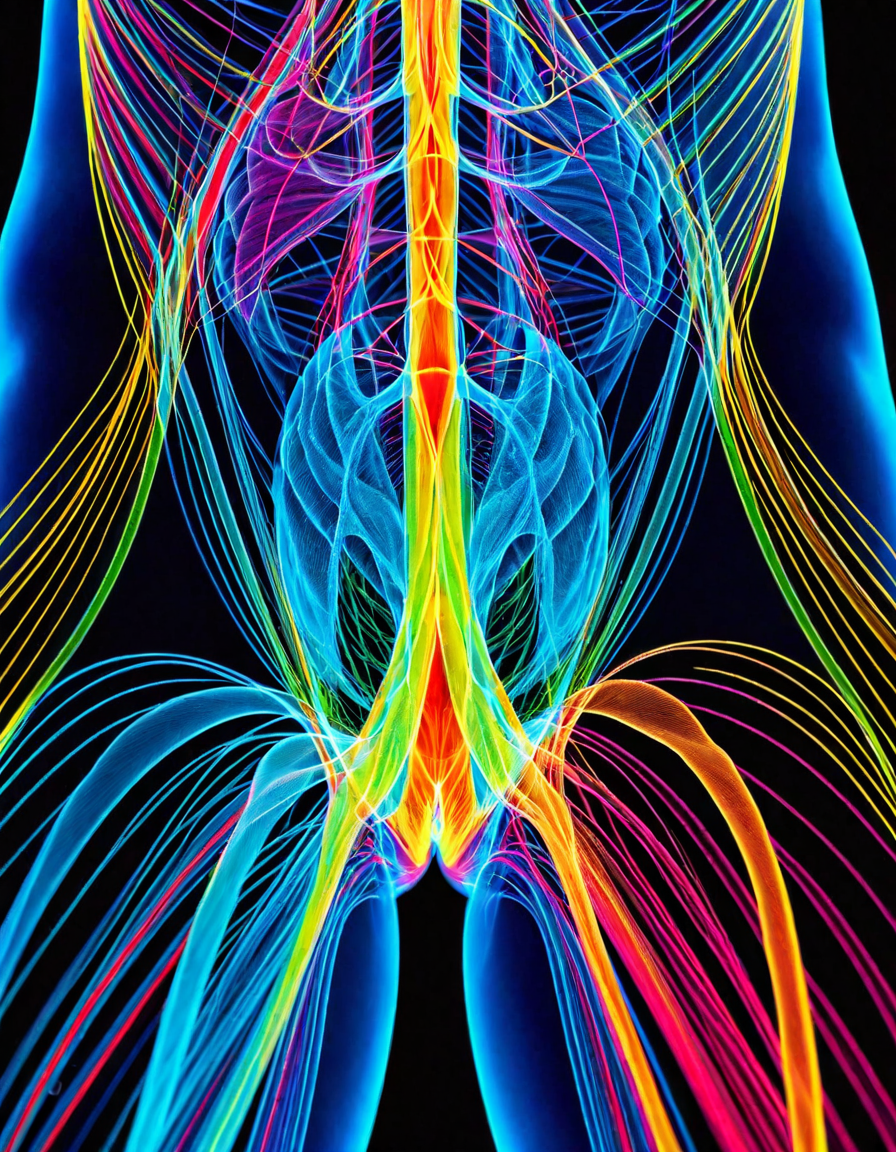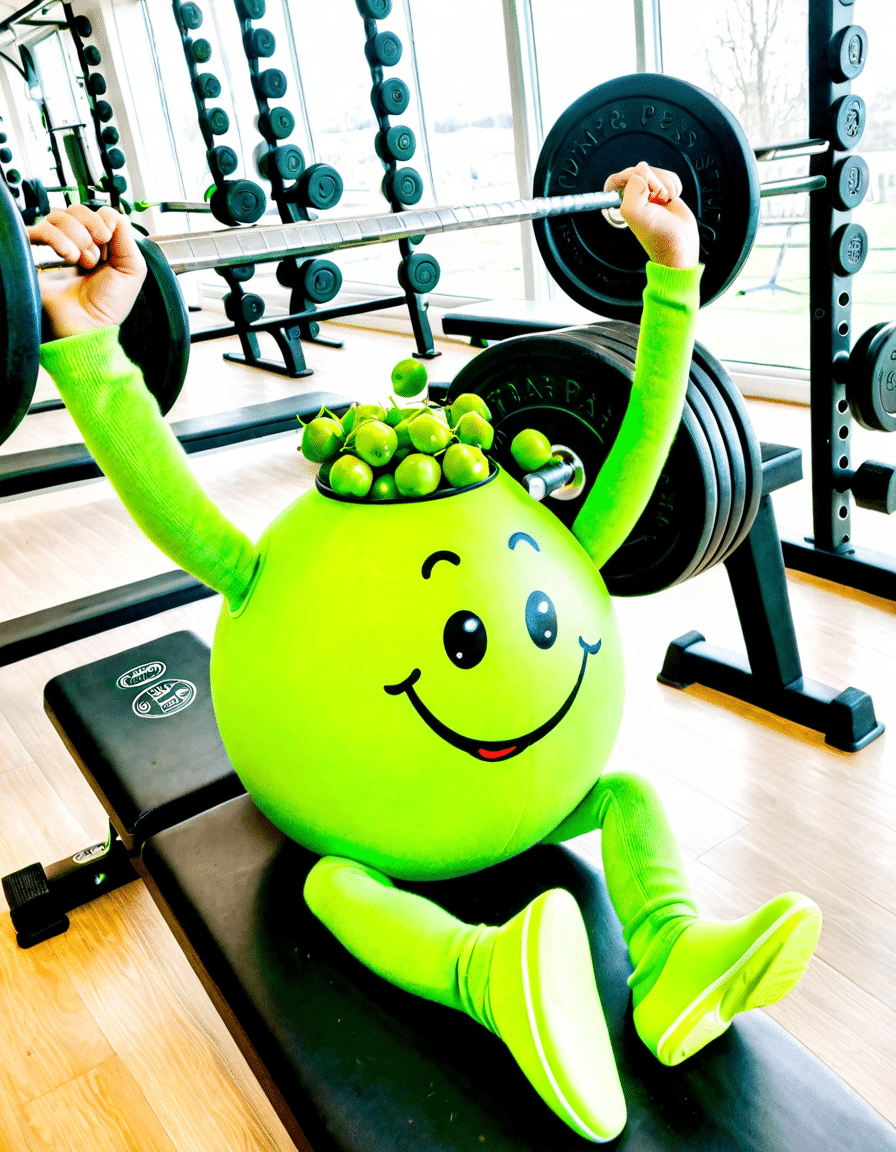When you think about strength and power, striated muscles often steal the show. These beautifully defined muscle fibers are the backbone of our ability to move, lift, and perform at athletic levels. Striated muscles, or skeletal muscle, play a key role in voluntary movements and our day-to-day activities. Understanding how they function and the numerous factors that influence their performance can offer valuable insight into becoming as strong and powerful as possible.
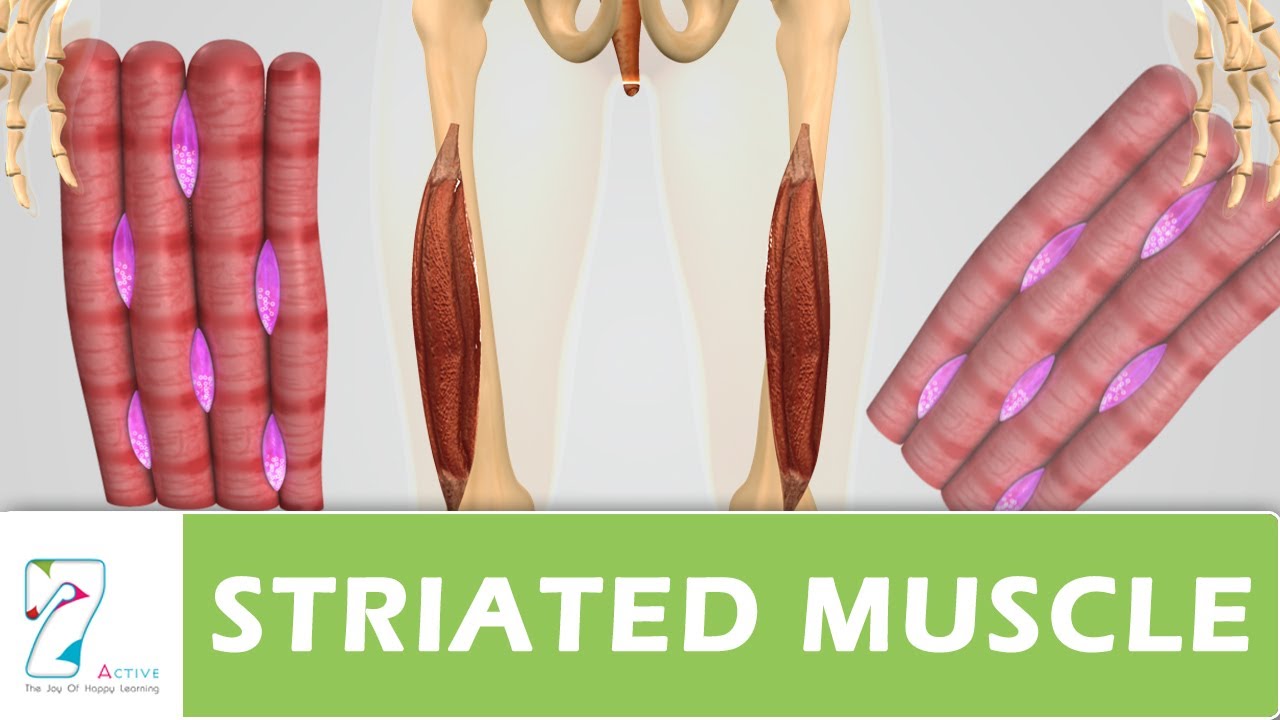
Striated Muscles: The Biological Foundation of Power and Strength
Striated muscles are characterized by their banded appearance and are essential for human locomotion. They work through a process called sliding filament theory, where the muscle fibers, made up of myofibrils, contract to enable movement. By knowing the anatomy of these muscles and how they respond to training stimuli, lifters can tailor their workouts to maximize growth.
Key Components:
Understanding how striated muscles work can help athletes, bodybuilders, and fitness enthusiasts gain insights into their training and recovery methods. It’s about more than just hitting the gym; it’s knowing how to train smart.
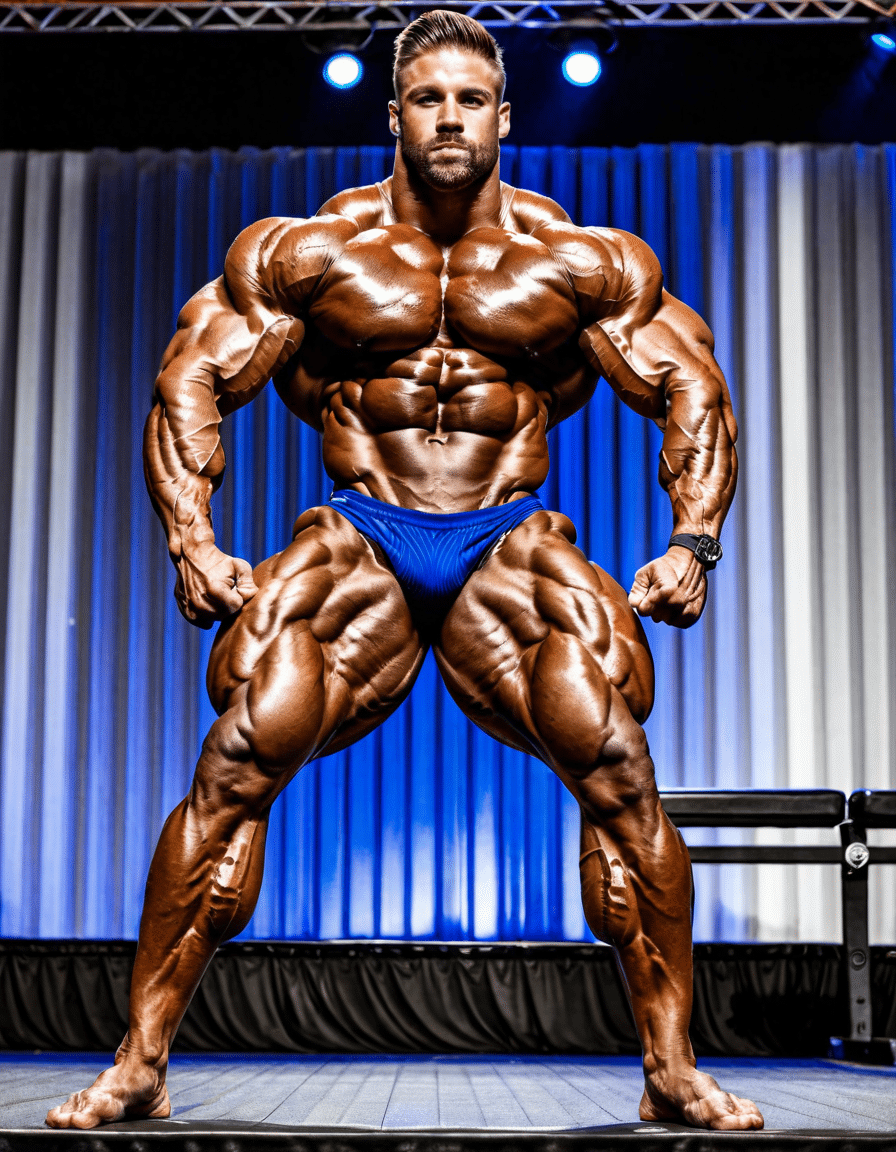
Top 7 Factors Defining Striated Muscle Strength and Performance
1. Genetic Predispositions: The Role of the XX Chromosome
Did you know genetic factors, including the presence of the XX chromosome, can influence muscle development? Studies indicate that women with the XX chromosome may excel in endurance-related activities thanks to hormonal influences. For instance, females often have a higher tolerance for prolonged exertion, which can be crucial in sports like distance running or cycling.
Tailoring training to these genetic advantages can help female athletes hone their skills to maximize endurance. Recognizing that muscle response varies due to genetics helps us respect and appreciate individual differences in athletic performance.
2. Muscle Fiber Composition: Slow-Twitch vs. Fast-Twitch
Getting to know your muscle fiber composition can guide your training. Slow-twitch fibers are fantastic for endurance sports like long-distance running, while fast-twitch fibers are essential for strength-based activities such as weightlifting and sprinting. If you want to build explosive power, focusing on fast-twitch muscle engagement is crucial.
Knowing your fiber type helps create a focused training program. For example, incorporating exercises that target fast-twitch fibers, such as plyometrics and heavy resistance training, can elevate your strength to new heights.
3. Nutritional Support: Supplements like Reglan
Effective muscle development hinges on nutritional support. While Reglan (metoclopramide) isn’t typically associated with muscle building, its role in the gastrointestinal system can aid nutrient absorption. Incorporating essential nutrients—especially protein—ensures optimal recovery and performance.
Make sure to include food With iron to further enhance muscle function. Iron supports oxygen transportation to muscles, making each workout session more effective for strength gains. Remember, what you put in your body can define your results.
4. Training Regimens: From Bodybuilding to Functional Fitness
Your training regimen matters—a lot. Bodybuilders focus on hypertrophy, aiming to increase muscle size through heavy weights and volume. Conversely, functional fitness encourages movements that mimic daily activities, enhancing overall athletic performance. If you want to become a well-rounded athlete, integrating both methods can deliver excellent results.
Try to mix in High-Intensity Interval Training (HIIT) for fat loss and cardiovascular endurance while building muscle. This approach helps engage different muscle fibers, offering a comprehensive path for strength gains.
5. The Impact of Hormones on Muscle Development
Hormones can be the secret sauce in muscle development. Testosterone is the big player here, promoting muscle growth and recovery. You can take charge by managing stress, ensuring proper sleep, and following a nutritious diet to keep testosterone levels optimized.
Balancing hormones isn’t a matter of trial and error. Keeping your biological clock in check directly influences muscle strength, endurance, and definition. Prioritize lifestyle factors that bolster your hormonal health to achieve peak performance.
6. Recovery Protocols: Importance of Labrets and Rest
Never underestimate the power of recovery. Your muscles need time to heal and grow strong after intense workouts. That’s where using techniques like labrets—often associated with stress relief in piercing culture—can help you ease tension and promote relaxation.
Explore various recovery protocols to suit your needs. From cryotherapy to yoga, these recovery methods can significantly boost your muscle healing efficiency, leading you to the next workout ready to crush goals.
7. Mind-Muscle Connection: Getting into the Zone
The mind-muscle connection is a game-changing concept that elevates your training sessions. It refers to the mental focus on the muscles being targeted during workouts. Engaging this connection increases muscle activation, leading to better overall performance.
Practice this connection during training by visualizing the muscle fibers working. Doing so can enhance effectiveness and lead to significant muscle gains. So next time you lift, focus your mind on the striated muscles you’re working, and unlock those strength gains.

Innovating for the Future of Strength
As we stride into the future of fitness, understanding striated muscles will become even more critical. Genetic research is rolling out groundbreaking insights, and personalized nutrition plans are more accessible than ever before. Athletes today are discovering innovative training methods that redefine strength training.
By embracing biological insights and advanced strategies, you’re not just working hard. You’re working smart. As we continue honing our understanding of muscle dynamics and performance, the journey to enhanced strength and muscle definition gets more thrilling.
Remember, folks, strength isn’t just about how much you can lift; it’s about the journey, the sweat, and the dedication you bring to the gym. Let’s make our muscles striated, powerful, and awe-inspiring. You’re one workout away from a stronger, more defined you!

Striated Muscles: Power and Strength Unveiled
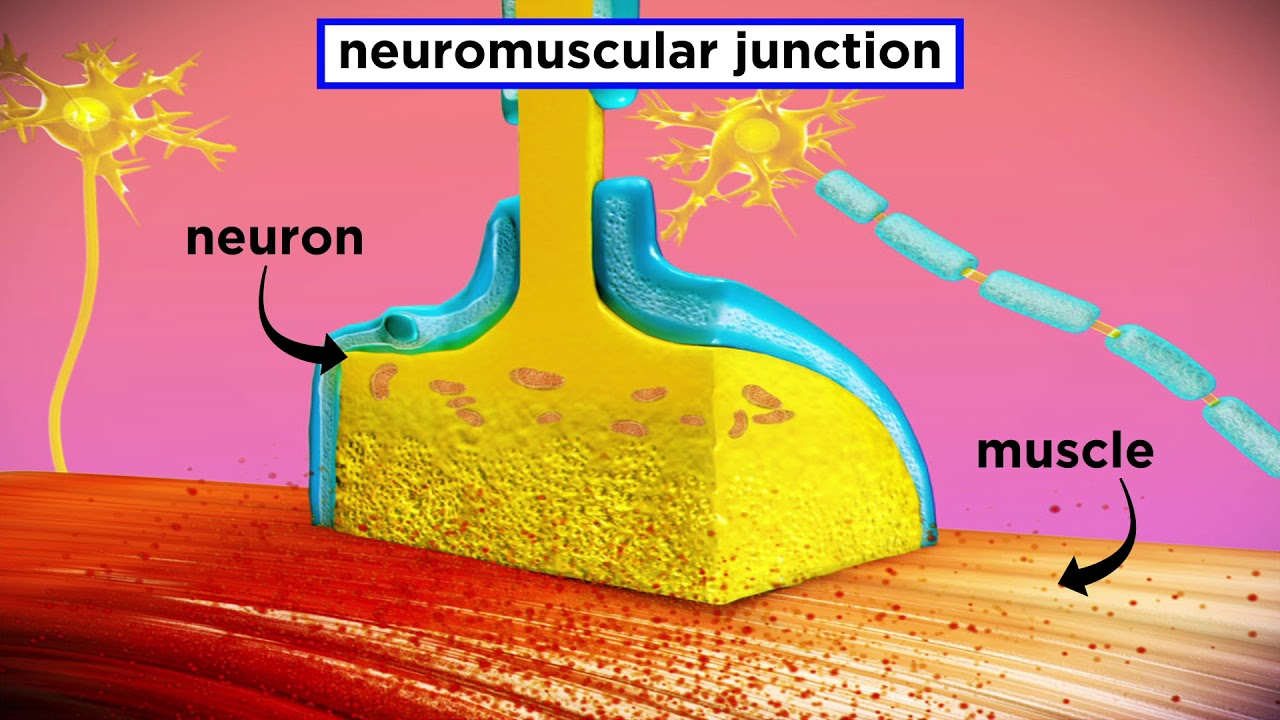
What Are Striated Muscles?
Striated muscles are fascinating components of our anatomy. They’re known for their distinctive striped appearance, which comes from the arrangement of muscle fibers. This structure enables quick, forceful contractions, making them essential for high-intensity activities. Did you know that striated muscles help athletes during explosive performances like sprinting or weightlifting? Just like how a well-crafted Vinagre de Manzana adds flavor to your meals, striated muscles add power to our movements.
Additionally, striated muscles aren’t limited to our skeletal system; they’re also found in the heart! The heart is made up of cardiac muscle, another type of striated muscle, which works tirelessly to pump blood throughout our bodies. The efficiency of these muscles is similar to how a movie hits the mark during its climax, like the intensity found in Lights Out—where( every beat counts and keeps you on the edge of your seat.
The Role of Striated Muscles in Fitness
Have you ever wondered why some folks get pumped up faster than others? A solid understanding of striated muscles can provide insights. These muscles utilize quick, explosive energy, often derived from glycogen. In fact, athletes might need insulin regulation, which is where thing like Humalog insulin becomes crucial. Managing energy levels can certainly help folks push their limits!
On top of that, striated muscles also engage with our fat stores for endurance activities. Just like choosing the right workout routine to fit your goals—like whether to embrace a hairy bush look or keep it smooth—you have to decide what suits you best. Some people may strive for that classic aesthetic, while others lean towards options that promote quick results. Depending on your preferences, tailoring exercises to focus on striated muscles can really turn up the heat!
The Importance of Recovery
Finally, let’s chat about recovery, a topic often overlooked yet vital for maintaining striated muscle health. After a rigorous workout, striated muscles need time to heal and rebuild. Think of it like the time you catch a breather on a long road trip, then get back into the groove—like a scene from a movie like wench where the characters recharge for their next adventure. Taking the proper time to rest can be what distinguishes a good workout from a great one, as overworking striated muscles can lead to injury.
Plus, there’s something to be said for the overall balance in fitness—striking a chord between strength and flexibility can amplify your performance. This reminds me of the dynamics we often see portrayed in relationships, much like the ups and downs of navigating a gay bubble of experiences and emotions. Striated muscles deserve that same nuanced attention! Understanding their function will definitely fuel your journey towards strength and power, turning your fitness goals into tangible results.



















